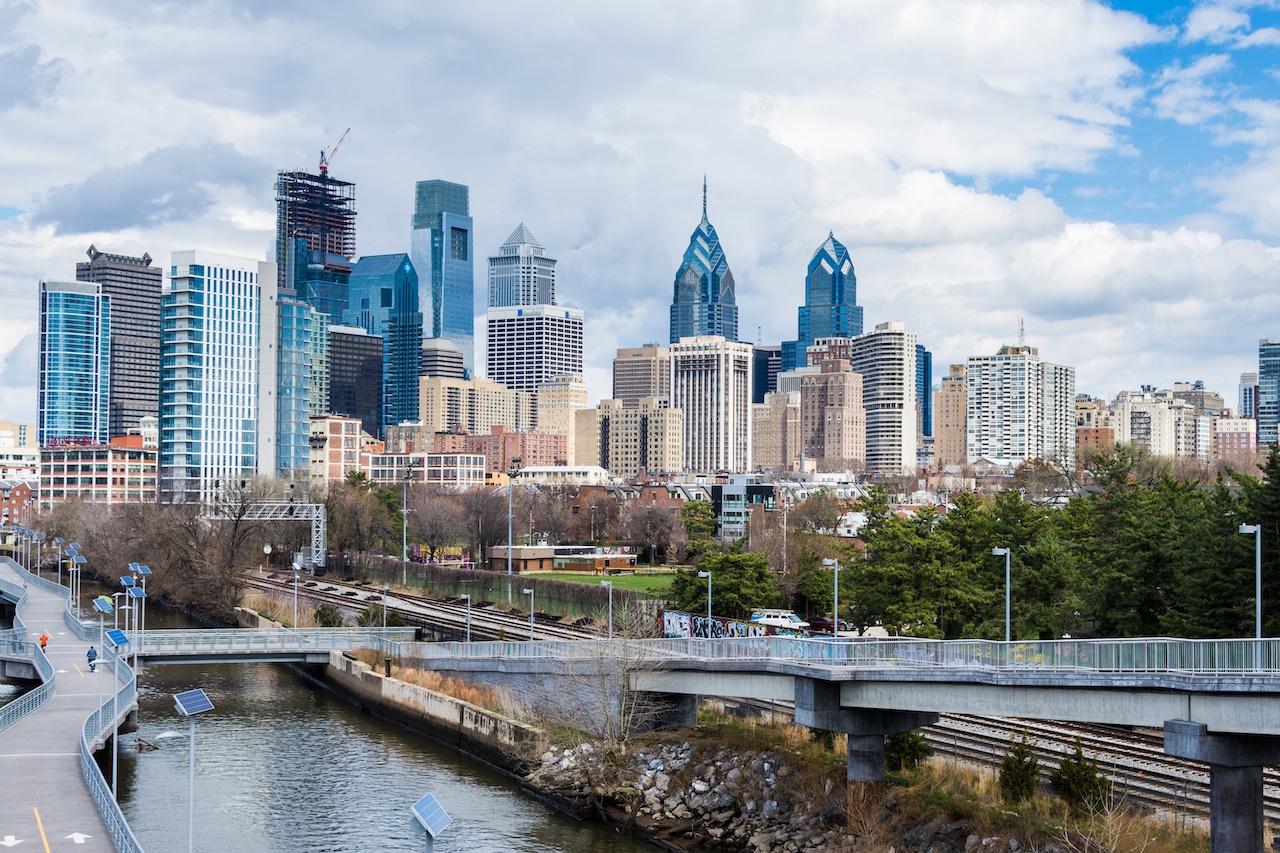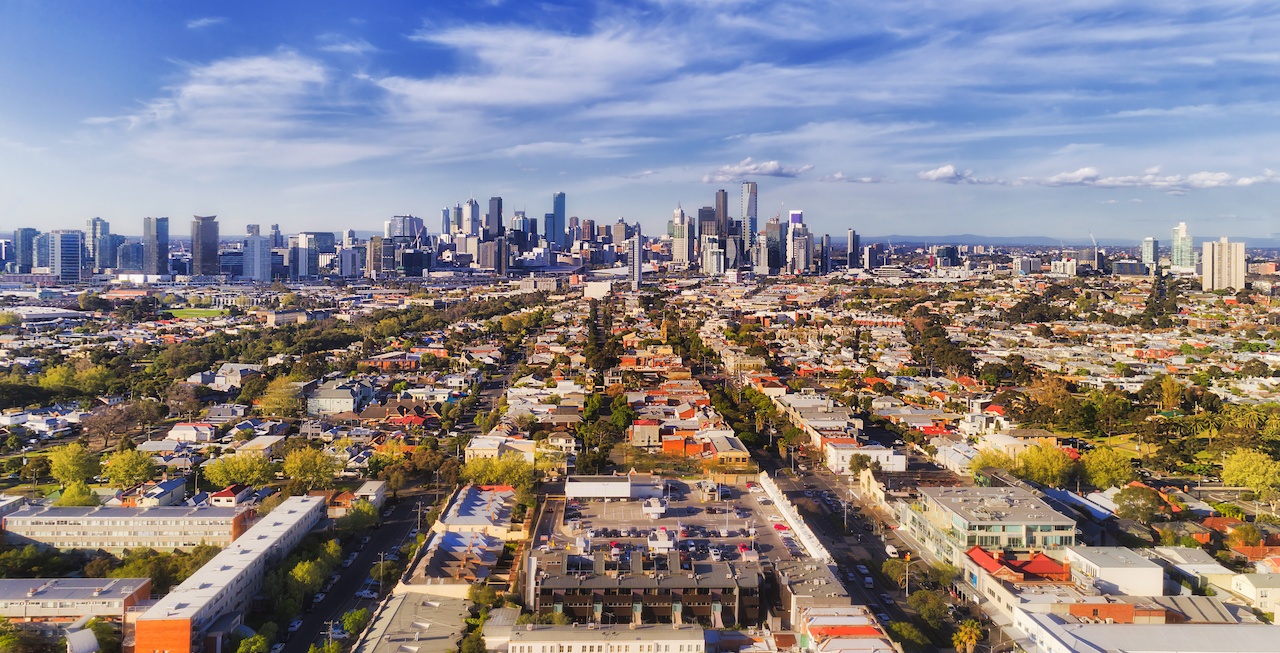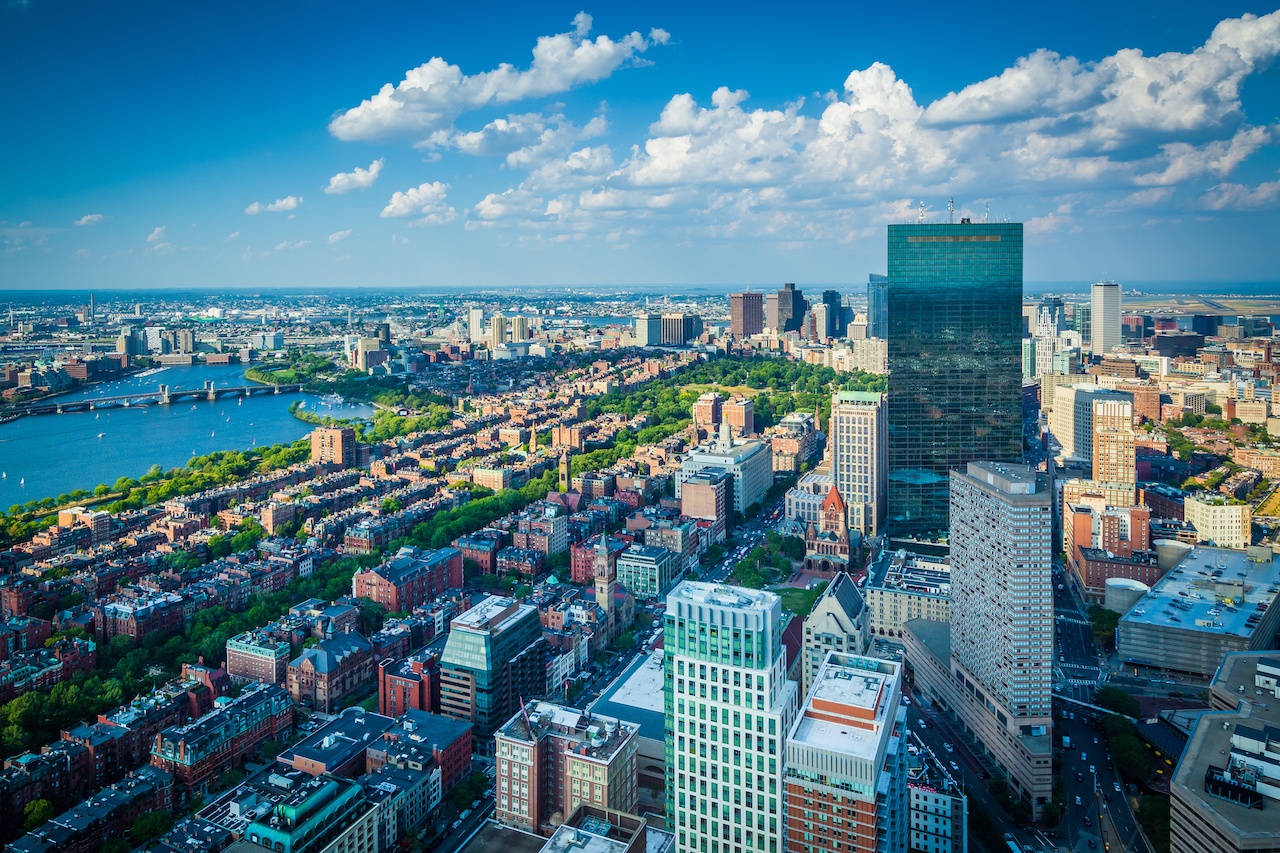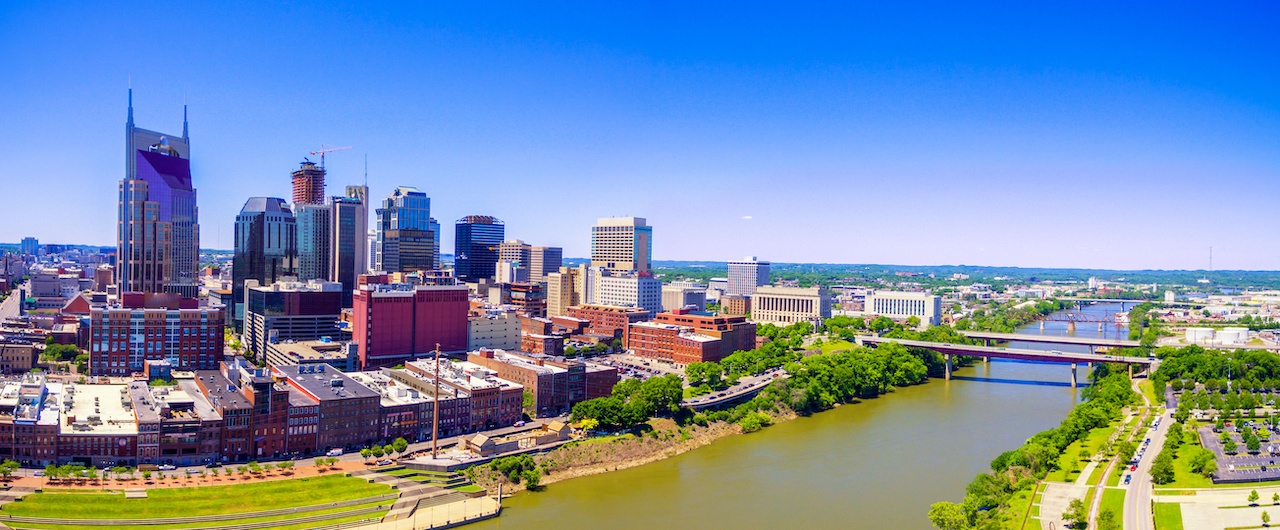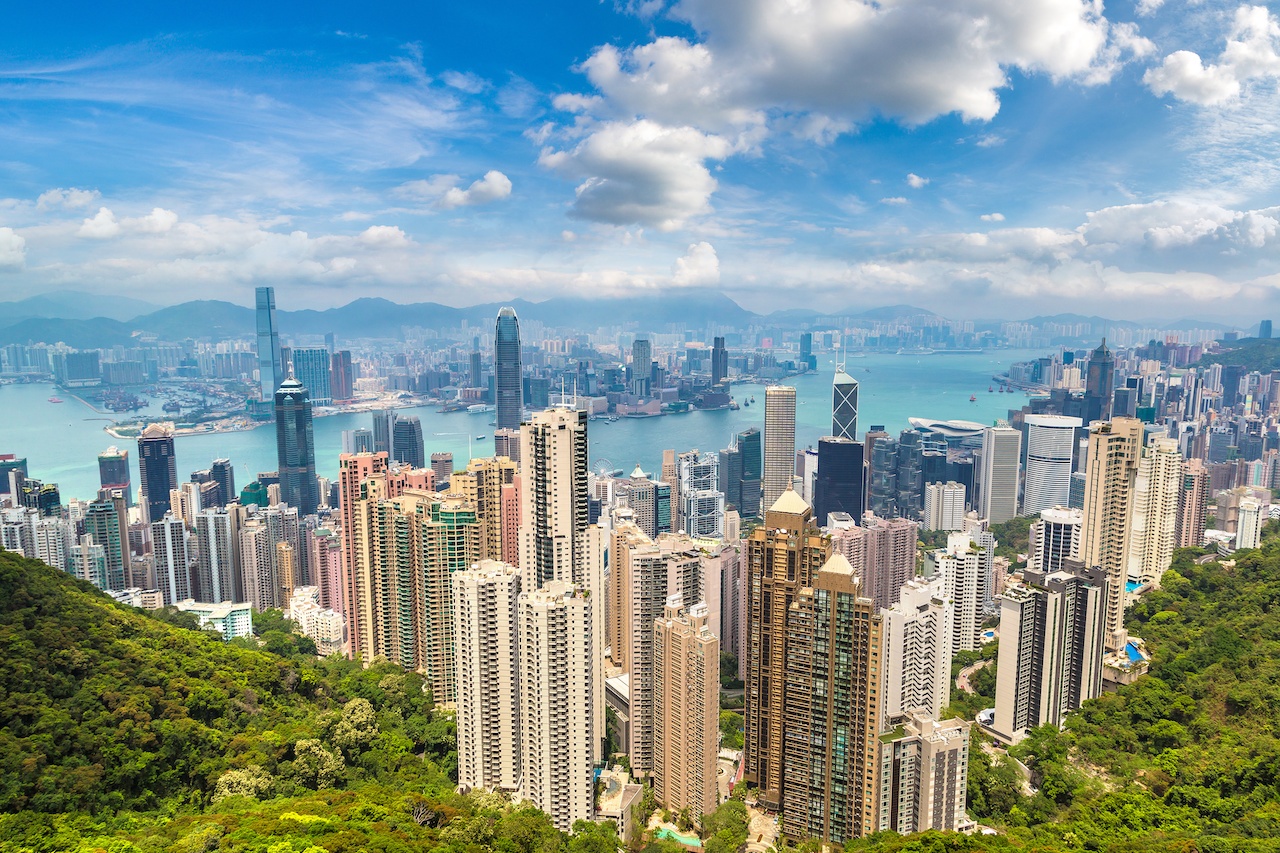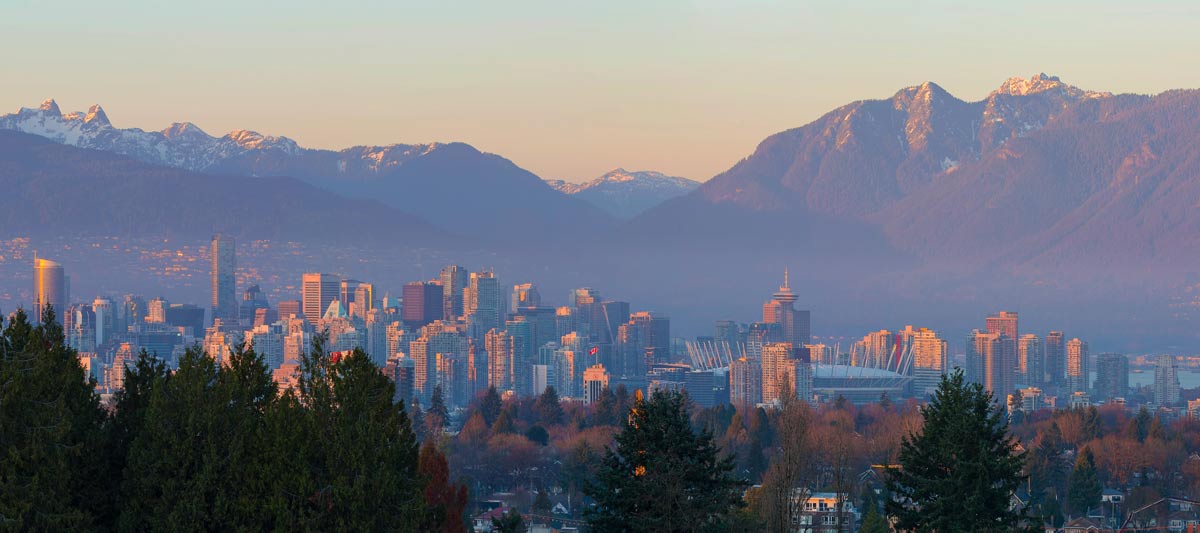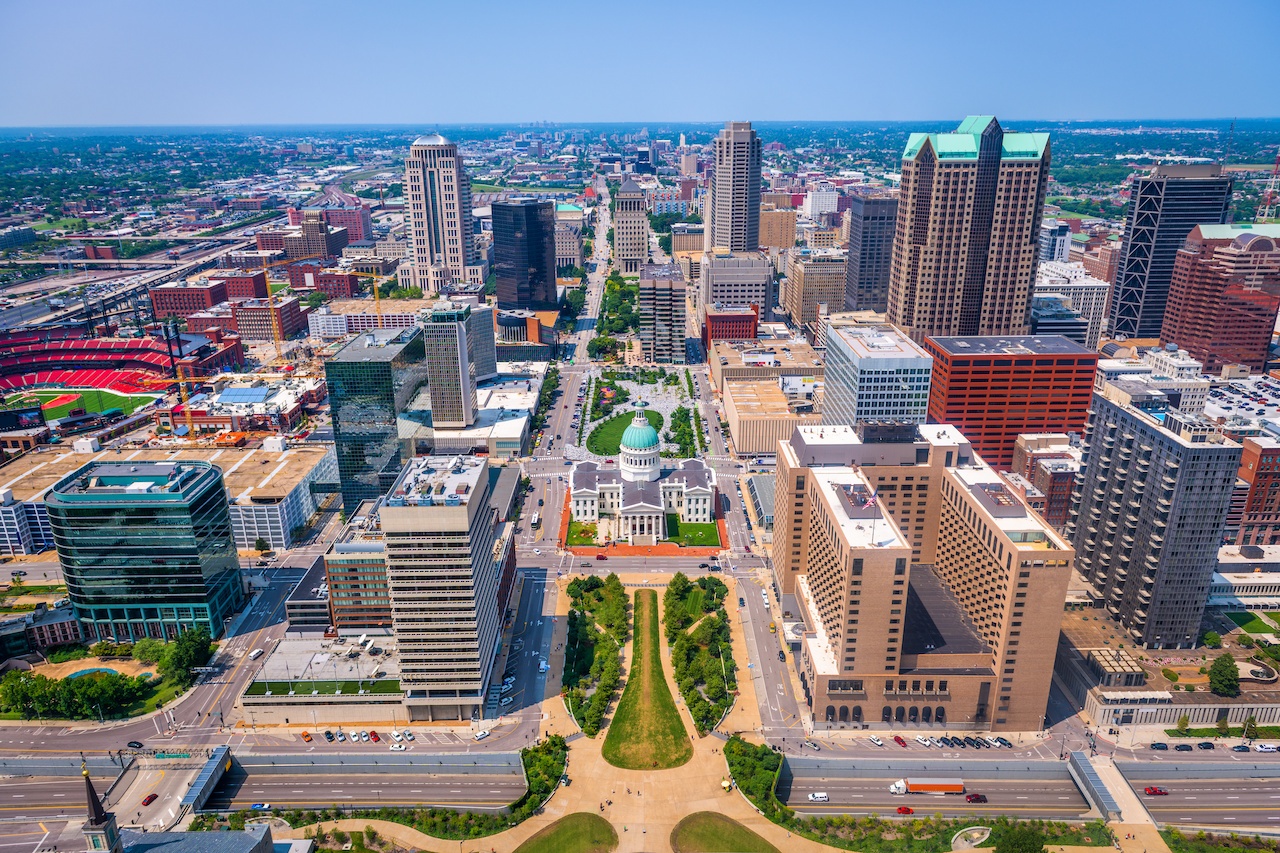Smart Cities
Equitable Stakeholder Engagement in a Remote World
At Connect the Dots, it is our mission to build better cities, towns, and neighborhoods through inclusive, insight-driven stakeholder engagement. We help community, private, and public sector partners to develop creative solutions that move projects and cities forward. Engagement is at the heart of this pursuit, which is why we are sharing our practices with you.
When you decide to take your engagement activities online, we encourage using tools that are functional on a wide range of devices including basic smartphones, tablets, laptops, and desktop computers. We have also developed remote but non-virtual options to bridge the digital divide.
Using Smart City Technology to Adapt to COVID Mobility Preferences
As cities continue to fight against COVID-19, citizens are changing their commuting preferences to adjust to a new way of life. Cities across the globe have experienced significant increases in the number of pedestrians, cyclists, and private cars on the roads as a result of public transport restrictions and social distancing requirements. This has created many new challenges, as cities previously dependent on public transport must now adapt to accommodate more vulnerable road users, such as pedestrians and cyclists.
A 6 Part Model for Residents & Cities Working Together to Reduce Carbon
is a comprehensive model that leverages behavioral change science and financial rewards to fulfill the mission of reducing carbon emissions from the residential sector. It was developed pre-pandemic, but it has shown to be resilient in the face of the pandemic-changed social environment and even relieves some of the stressors that we’re dealing with as we try to find our way to a post-pandemic world.
By understanding human habits and what motivates people to change, the 3-2-1-GO! model integrates various triggers to help shift behavior. These triggers include: make it easy, make it fun, make it personal, make it social, make it competitive, and make it rewarding.
Everyone likes a financial reward, so we’re rewarding residents that make positive lifestyle decisions with tangible, financial rewards from our local business community.
Communications Networks Are Key to Bridging the Digital Divide
The current reality of a worldwide pandemic, combined with the ability to communicate worldwide digitally, have almost instantly reshaped the world. It will never be the same again. And while our future may not always be one of masks and social distancing, it is sure...New Data Suggests On-Demand Transit is Essential for Equity
Los Angeles, Arlington, and Jersey City prove that thoughtful integration of on-demand public transit can help cities foster equal opportunity for all.
In the midst of COVID-19 shutdowns, on-demand transit has begun serving specific community needs, such as food delivery to vulnerable populations, and transporting hospital workers in the overnight hours. Further, data shows that dynamic, on-demand public transit has proven to be a mobility lifeline for those in low-income areas during this crisis.
How to Scale Innovative Financing Solutions for Green Infrastructure
Historically, like most urban infrastructure, green infrastructure has been the responsibility of local governments. Green infrastructure is rarely seen a priority for local governments because its value is not always obvious or quantifiable. Growing pressure on municipal budgets, and many competing priorities for funds, has decreased the focus on green infrastructure. An additional challenge for local governments to scale the implementation of green infrastructure is the ability to invest in it in the first place, as green infrastructure depends almost entirely on public financing.
The biggest roadblock for implementing and scaling green infrastructure is the financing. We urgently need innovative financing solutions that will alleviate the financial burden of the public sector by strategically involving the private sector. The private sector can drive the uptake of green infrastructure through capital investments and implementation support, while reaping the social, environmental, and financial benefits. These actions from the private sector can help mainstream infrastructure that is smart, sustainable, and resilient to a changing climate.
How Blockchain Provides the Missing Links in Climate Action
The blockchain could be the missing link that brings consumers, businesses, and investors together on climate change. Built for peer to peer collaboration around shared, yet immutable ledgers, it lets us account for carbon emissions and transfer verifiable climate action through the supply chain.
Blockchain allows calculated emissions from each business to be tokenized and passed through to its supply chain partners to use in their emissions calculations. For example, a token could be issued based on the dollar amount, unit quantity, or volume of the company’s products. This would allow emissions calculations to be passed through the supply chain, so that the effects of a company’s emissions reductions and climate actions would be transparent.
Plans, Pandemic, Protests: Time For Cities to Pause & Pivot
This paper describes the immediate and possible future impacts of COVID-19 on planning in the Greater Vancouver area.
The first part introduces three initiatives, launched in 2019, to refresh city and regional plans. The second part identifies new challenges for plans to address and initial responses to COVID. The paper concludes with transferable observations on reframing plan making in the context of COVID and fiscal constraints.
Included are four planning steps that combine inspirational objectives for economic and equitable recovery, with aspirational plans for longer term resiliency, and offer actionable programs to move forward in the context of available resources.
Back to Normal? Cities Say, ‘No Thanks’
The pandemic has fundamentally changed our perception of how we can live, work, and move. We’ve figured out how to get goods and services without jumping in the car. We’ve learned that all sorts of jobs can be done from home offices. And we’ve learned that people like, and want, to walk and bike as part of their daily journey. Cleaner air, quieter neighborhoods, and healthier residents can be among the positive outcomes of the crisis for cities that were on their heels with traffic and congestion before. Smarter mobility can help retain these benefits.
Laying the Foundation for Smart Communications Networks
Advanced communications networks pave the way for data mining and real-time crowdsourcing across social media platforms. For example, StreetLight Data, based in San Francisco, combines Big Data with transportation knowledge to enable smarter mobility. In Columbus, Ohio, the company has identified a link between transportation issues and infant mortality rates, noting that low-income neighborhoods often do not have easy access to health care facilities, and by using transportation data, the city can increase accessibility and reduce mortality rates.
Cut Expensive Housing Regulations to Preserve the Middle Class
Noting that house prices have been growing three times faster than incomes in the last two decades, OECD found that “housing has been the main driver of rising middle-class expenditure.” Moreover, OECD noted that the largest housing cost increases are in home ownership, not rents.
Housing largely determines the cost of living. For example, in the United States, more than 85% of the higher cost of living in the most expensive US metropolitan areas is in housing. Fundamentally, housing affordability is not about house prices; it is about house prices in relation to household incomes. Housing affordability cannot be assessed without metrics that include both prices and incomes.
Encouraging Civic Engagement with What Matters Most to Residents
OurStreets origins are rooted in capturing latent sentiment on social media and converting it to standardized data. It all started in July 2018, when OurStreets co-founder, Daniel Schep, was inspired by the #bikeDC community tweeting photos of cars blocking bike lanes, and built the @HowsMyDrivingDC Twitter bot. The bot used license plate info to produce a screenshot of the vehicle’s outstanding citations from the DC DMV website.
Fast forward to March 2020, and D.C. Department of Public Works asking if we could repurpose OurStreets to crowdsource the availability of essential supplies during the COVID-19 crisis. Knowing how quickly we needed to move in order to be effective, we set out to make a new OurStreets functionality viable nationwide.

